New research could offer farmers a more practical approach to cover cropping in the short Prairie growing season.
Cover crops offer a lot on paper, but timing remains a major roadblock for Prairie farmers. Recent trials done through Manitoba’s Diversification Centres suggest there may be a workaround — at least for wheat.
Jessica Frey, an applied research technician with the Parkland Crop Diversification Foundation and a University of Manitoba masters student, led a multi-site project looking at cover-cropping legumes with spring wheat. The goal wasn’t to produce a lush forage stand, but simply to get legumes established early and growing alongside a cash crop without compromising yield.
Read Also

Ten years to study a pesticide?
Health Canada and its Pest Management Regulatory Agency will have taken nine to 10 years to conduct an evaluation of the safety of glufosinate — a herbicide that is already on the market.
Why it matters: Getting cover crops to fit better into the Prairie growing season could help farmers build soil without sacrificing productivity.
“We’re not going for massive gangbusters growth in that stage,” she told farmers during a field day at the Prairies East Sustainable Agriculture Initiative Diversification Centre at Arborg, Man. “We just want to see that the cover crop is there. That is the goal.”
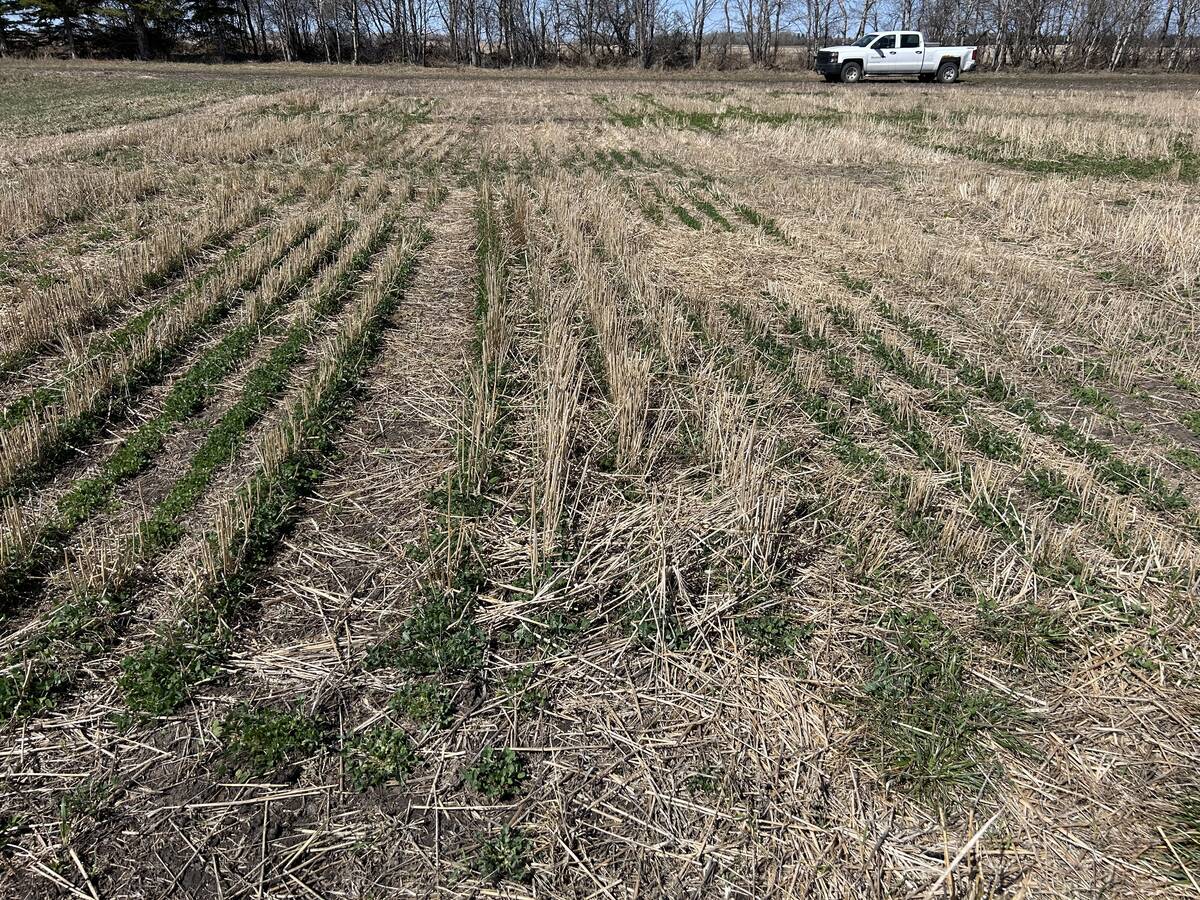
Solving a Prairie problem
Frey pointed to a 2020 survey of 281 Prairie farmers that found 71 per cent reported benefits from cover cropping — from improved soil health and biodiversity to less erosion and a reduced need for fertilizers and pesticides. But getting them established remains the major challenge. In fact, that same study said the top two reasons farmers are reluctant to plant cover crops are the short shoulder season and limited moisture in the fall.
“We have a short growing season,” Frey said. “We’re sometimes working with 90 frost-free days. We can’t count on that fall window to get a cover crop in the ground after our first harvest.”
Seeding the cover crop at the same time as the wheat is meant to solve that. Instead of waiting for conditions that might never come, the legumes get heat and moisture during the one part of the season Prairie farmers can count on.
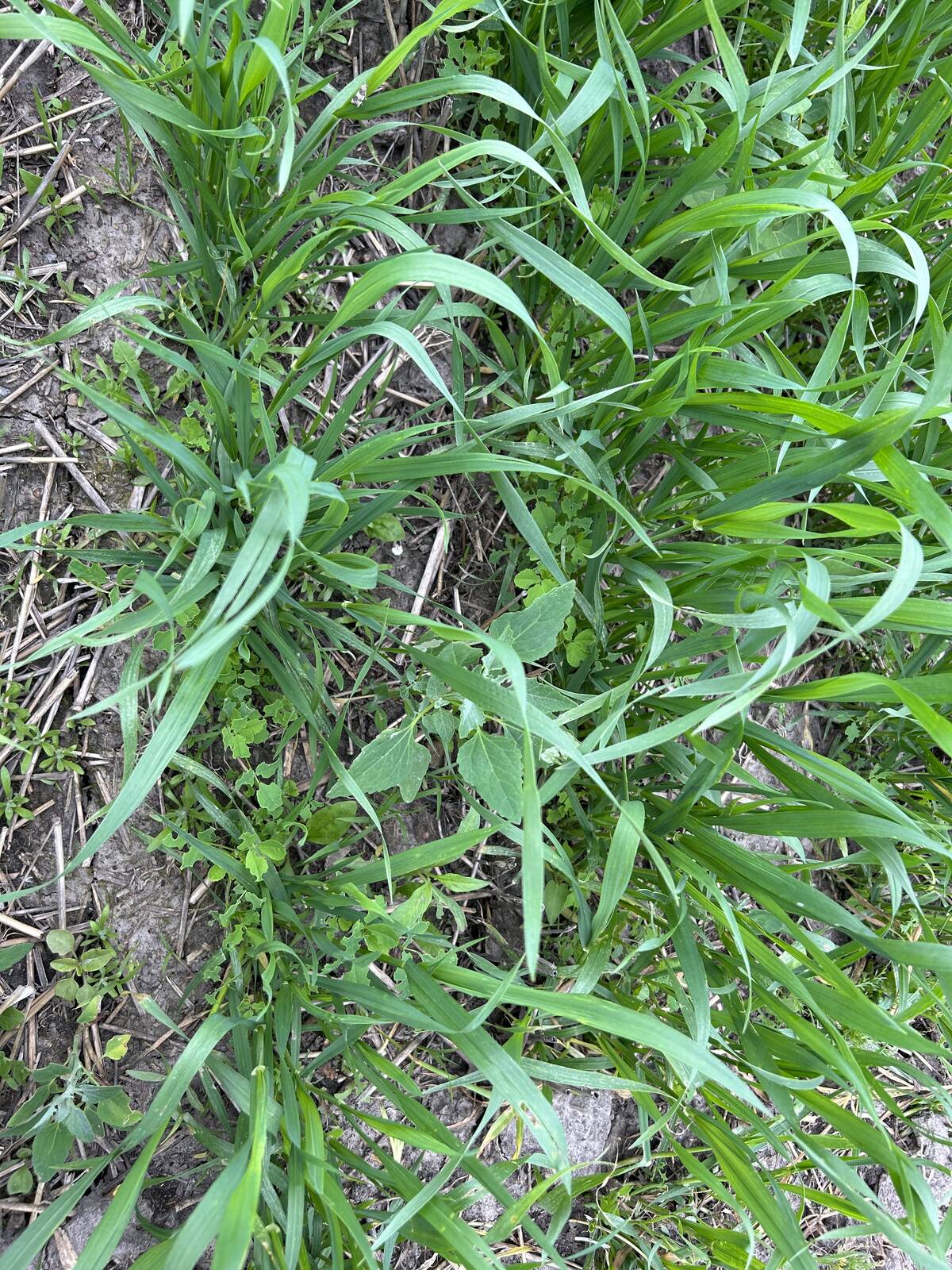
In Frey’s trials, she adjusted the seeding rates to give the legumes a fighting chance. The wheat was seeded toward the lower end of the recommended rate, while the cover crops were seeded at the higher end of the recommended rate to compensate for their deeper placement in the same row.
“That gives the cover crops access to early season heat and moisture,” she said.
The cover crop treatments included four legumes — alfalfa, red clover, sweet clover and white clover — plus a non-legume cover crop control. A wheat-only plot served as the main control for comparison. This allowed the research team to track both legume establishment and any agronomic impact on the wheat.
The research was conducted at four Manitoba diversification centre sites in 2023, and repeated in 2024 at two of them. In total, five site-years generated data on wheat and cover crop establishment.

Wheat: No penalty, even in drought
Across those site-years, including the dry 2023 season, wheat performance for all treatments matched the wheat-only control. Yield, protein and biomass remained unchanged.
“There was no impact on the wheat compared to just the wheat-only control,” Frey said. “Even in drought years, that impact on the wheat was not there.”
Cover crop establishment was variable, depending largely on moisture. Alfalfa tended to produce the strongest stands across sites. White clover thrived at most but not all locations. Some failures occurred in extremely dry plots and one herbicide misapplication.
Still, the legumes were consistently present, and that was a win.
“Once it’s there, you have options,” Frey said. “It acts as that nutrient bank. You’re injecting nitrogen into the system.”
Weed biomass data is still being processed, but Frey noted the cover crop appeared to help suppress weed pressure.
![[cover shot] Seeding canola into alfalfa. Photo: Jessica Frey](https://static.grainews.ca/wp-content/uploads/2025/11/12020656/211076_web1_Seeding-into-alfalfa-Photo-jessica_Frey.jpg)
Canola: management issues and moisture limits
The second half of the study aimed to let the legumes overwinter, then manage the biomass in spring and seed canola into it.
The same cover crop treatments were carried into the canola phase, using Clearfield canola so the biomass could be terminated chemically in early spring before seeding. The goal was to control the legumes, then evaluate how canola would establish and perform in the residue.
Here, the system stumbled. Cold, wet conditions at some sites delayed canola emergence, leaving a narrow spray window. The cover crop got ahead.
Arborg was the only site to produce a canola harvest, but even there, it wasn’t great.
“I wouldn’t claim it was an amazing canola yield by any means,” Frey admitted.
She repeated the phase this year at Roblin using mowing and Liberty Link canola. That mechanical approach showed better early establishment, but data isn’t yet available.
Unlike the wheat phase, moisture appeared to be the limiting factor in canola, which speaks directly to one of the main reasons Prairie farmers hesitate to try cover crops in the first place: water competition with the cash crop.
Moisture was also front and centre in related work by Manitoba Agriculture cereals specialist Anne Kirk. She designed her winter wheat trial to closely follow Frey’s approach, and the two researchers stayed in contact as the projects progressed.
Kirk ran her trial at Arborg using the same legume treatments seeded with winter wheat, adding a spring broadcast treatment as well. The biggest contrast between the wheat and canola phases came down to soil moisture.
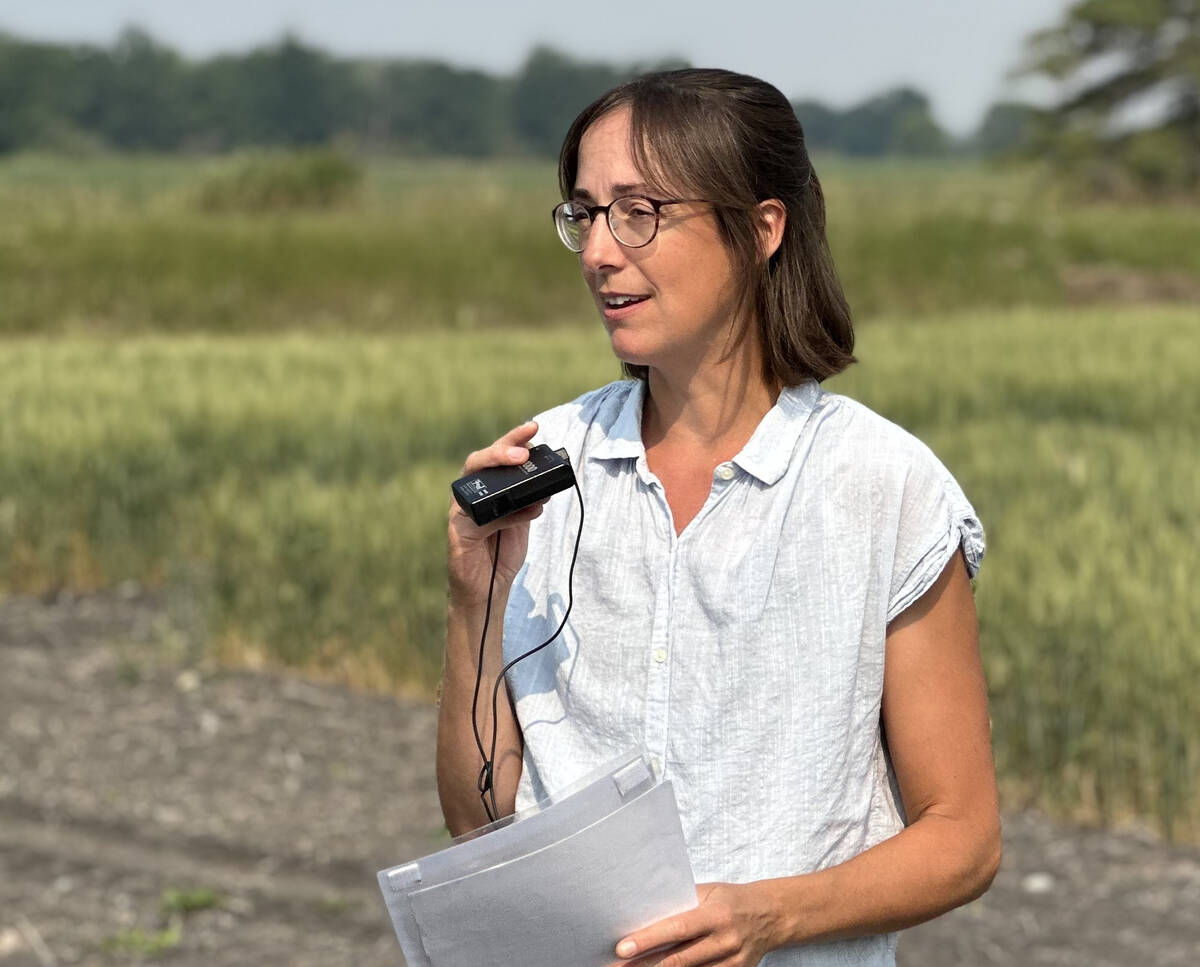
She explained that canola has small seeds and requires a moist, firm seedbed. Deep-rooted legumes took the limited moisture first, both in fall and again before spring seeding.
“The big story here would be moisture,” she told the field day crowd. “The canola was seeded, and it just sat in the ground for a very long time because the moisture was quite low,” Kirk said.
Overall, while the wheat phase offers a promising path forward, the canola side of the system still needs work.
Lessons for today
The wheat phase did exactly what Prairie farmers have long hoped for: it established cover crops without sacrificing yield or quality. That opens new possibilities for integrating legumes while managing risk.
“We can pull this off without taking a hit economically,” said Frey.
Still, no one should expect lush forage under the wheat canopy, nor rush to seed canola into living legume sod without a refined management plan.
“If your goal is an amazing forage field, then don’t do it my way,” Frey said, but added that it could be helpful for some mixed farms. “It might be just enough to give you that week or two in the spring that you need before turning them out onto your regular pasture.”
Next steps
Understanding how much nitrogen the legumes contribute to a following crop was one of the main goals of phase two. Frey collected plenty of nitrogen data, but the canola struggled to establish well enough for her to draw clear conclusions from it — at least for now.
“What I don’t have yet is the story behind it,” Frey said of her nitrogen data.
Both projects will continue refining biomass control and evaluating the right crop following wheat.
But on the wheat side, the message is already clear: cover-cropping legumes can work here.
“We have a really unpredictable spring and fall,” Frey said. “Seeding together gives that cover crop access to the moisture and to the heat when it’s actually there.”


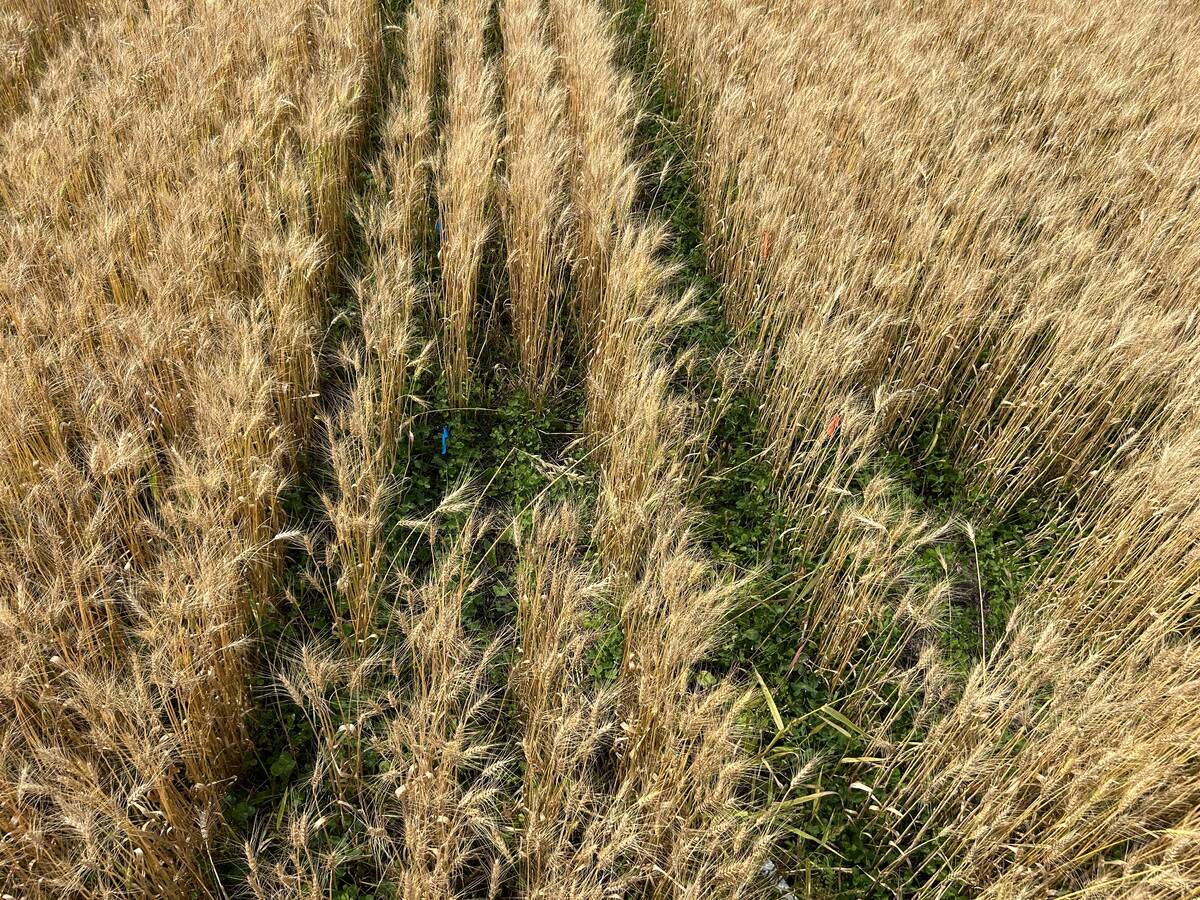

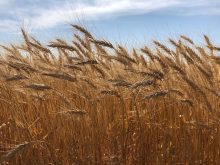

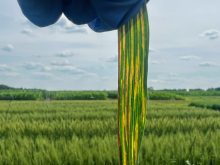





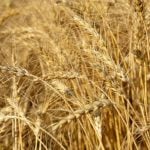




 MEMBERSHIP
MEMBERSHIP